How can I set up a project in Visual Studio to copy the third-party DLLs that one of the project's references depends on?
I have a main application project and a class library DLL. The main application references the class library DLL, and the DLL itself references some third-party DLLs. When I compile the main application, it automatically copies the class library DLL to its output directory, but it does not copy the third-party DLLs.
I do not want to add references to the third-party DLLs from the main application project because the main application does not use them, they're only used by the class library.


